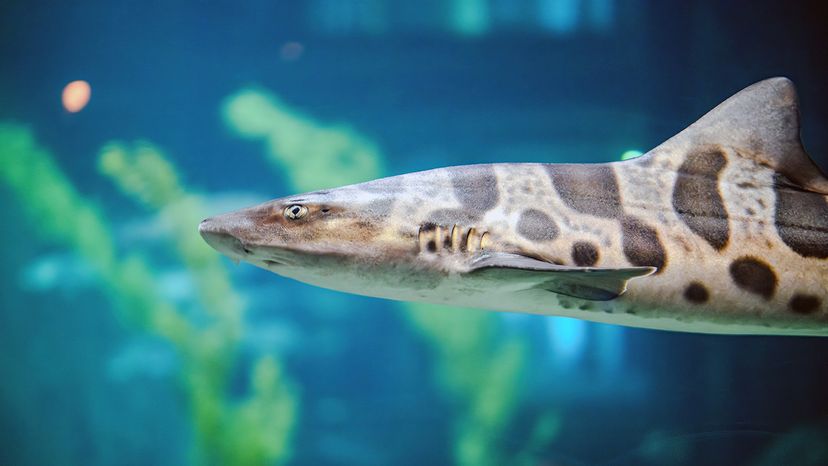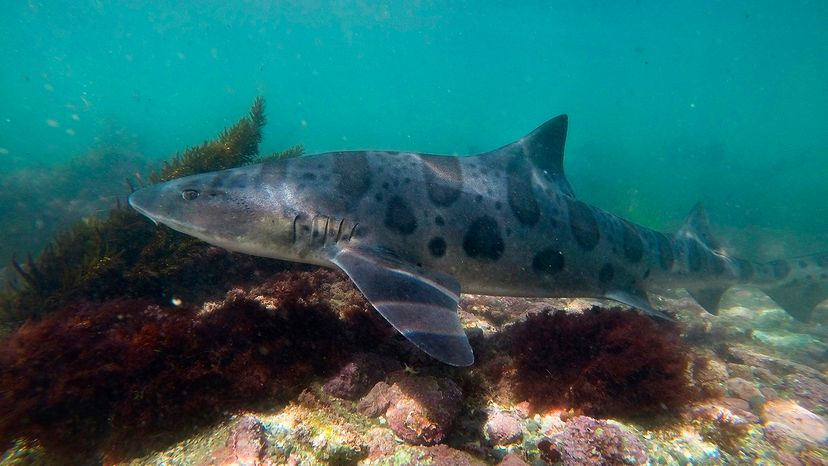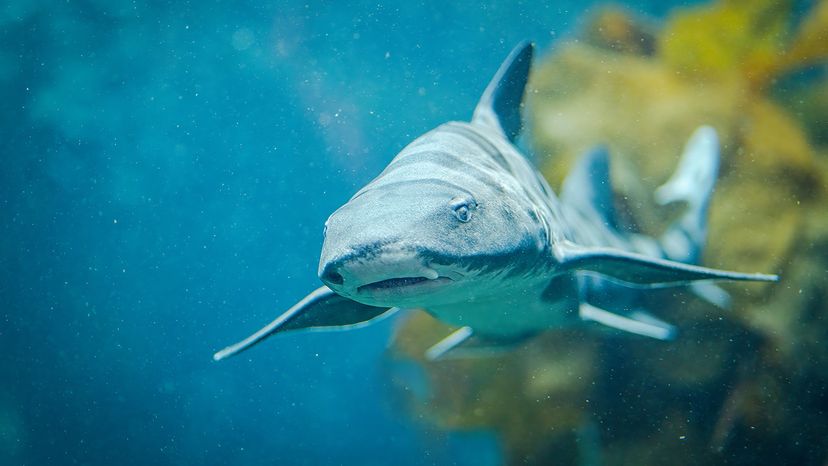
With their sleek, spotted bodies and easygoing demeanor, the leopard shark is a California coast icon. These sharks, scientifically known as Triakis semifasciata, cruise the shallow nearshore embayments of the eastern Pacific, especially around San Francisco Bay and southern California.
Despite they're extraordinary appearance, they're actually among the most commonly encountered shark species by recreational anglers and marine life enthusiasts.
Advertisement

